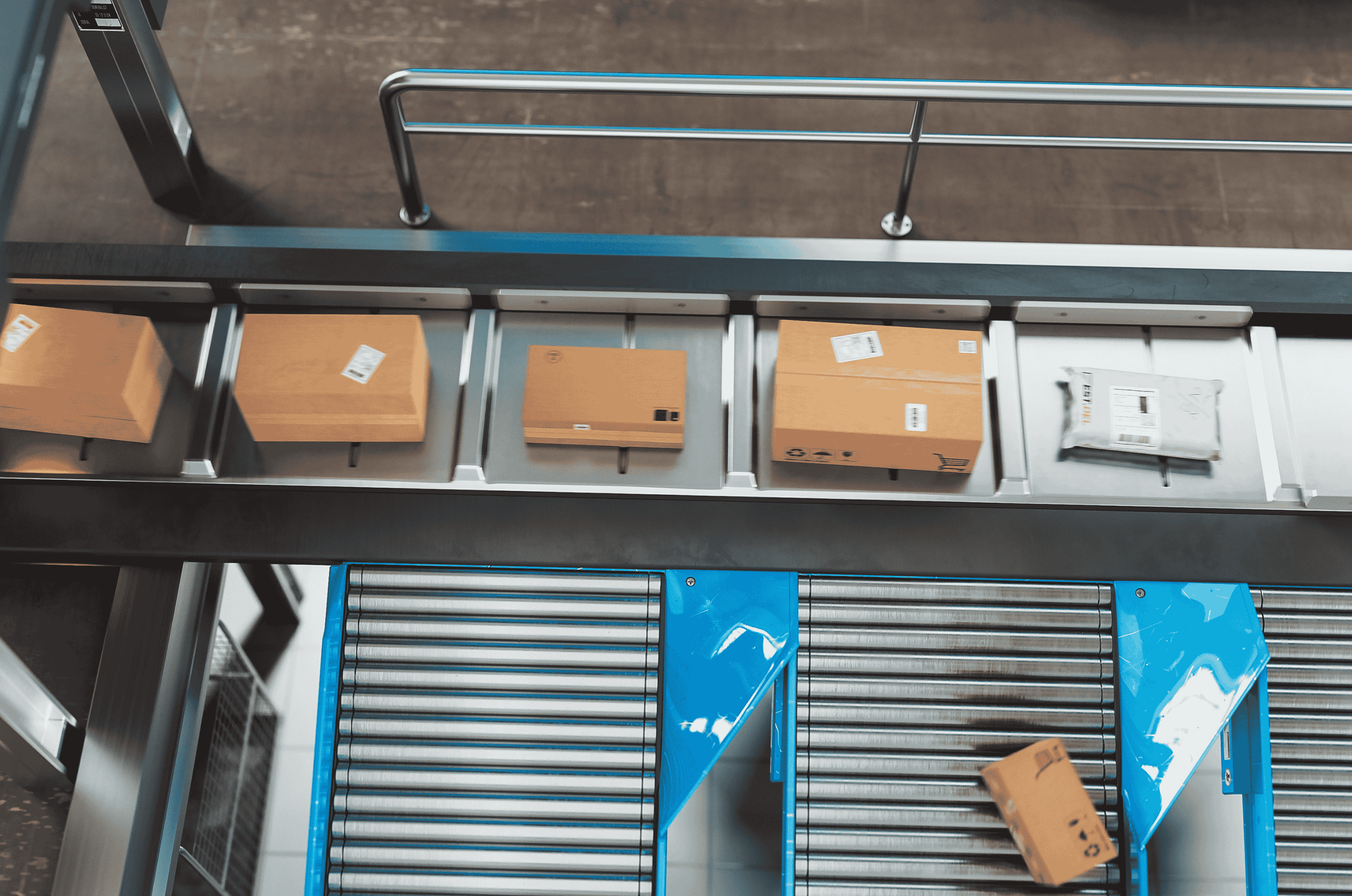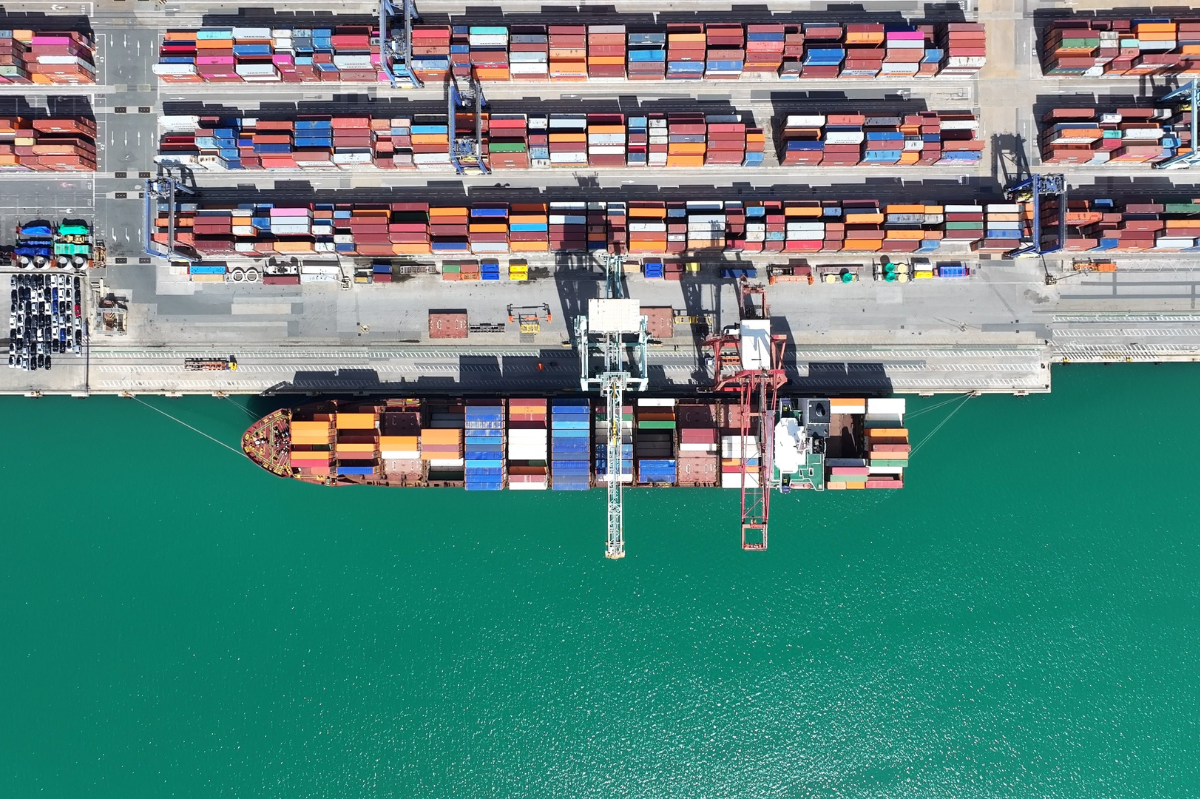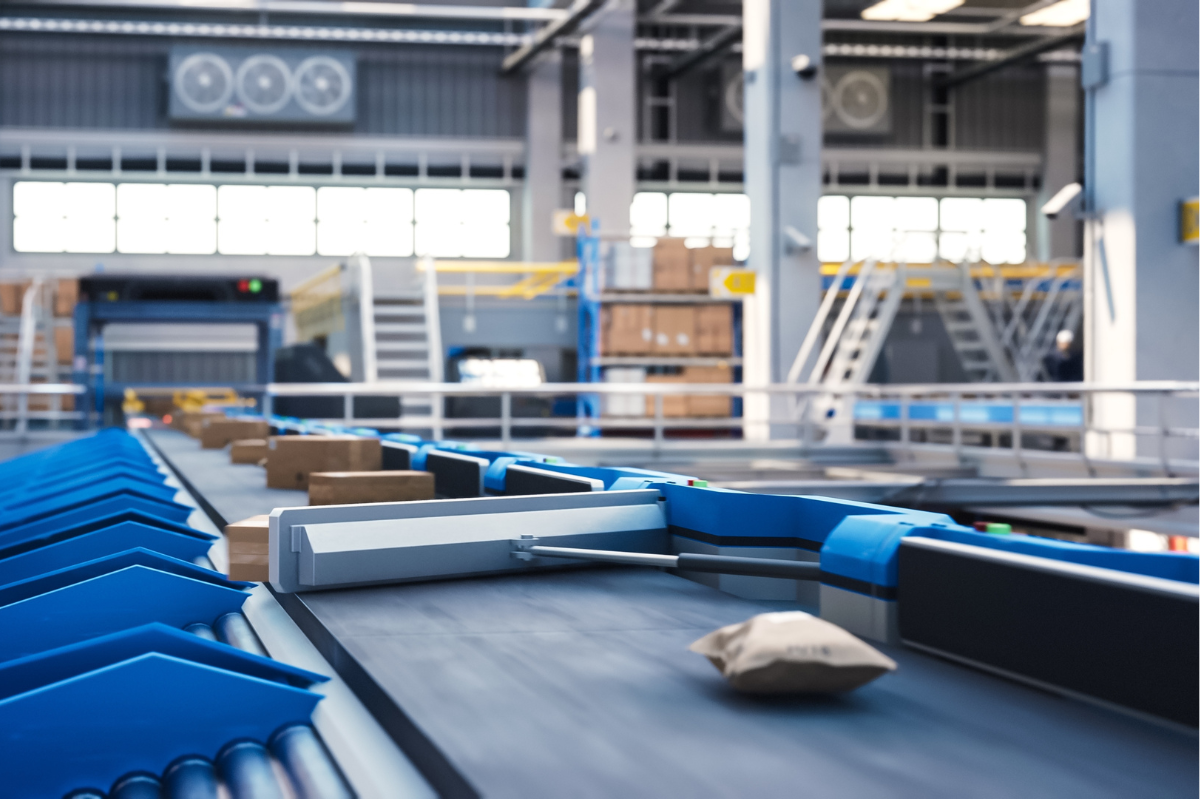Shipping and logistics never stand still, and this week is no exception. From robots on the warehouse floor to surprise cross-border tariffs and a rising roster of regional parcel challengers, there’s a lot that directly affects fulfillment costs, delivery experience, and multi-carrier strategy. Below are the five stories that matter most to shippers and operations teams this week, and what each development means for your business.
The Top 5 News Stories This Week
1) Warehouse Automation Accelerates: AI & Multipurpose Robots Raise the Fulfillment Bar
What happened
Major retailers and marketplaces pushed new automation forward this week: a next-gen multipurpose robot that picks, sorts, and consolidates on the same line, plus early deployments of “agentic” AI tools designed to support frontline fulfillment staff. Large retailers are also opening significantly more automated DCs to speed throughput and shrink labor costs.
What it means for shippers
- Fulfillment efficiency: The speed and capability of automation are increasing the industry baseline for order cycle times.
- Cost pressure & opportunity: Agentic AI and multi-task robots are projected to reduce overall supply-chain cost and logistics spend materially (estimates shared in the market this week put potential savings in the low single-digit percentages of total supply-chain spend and higher for logistics line items).
- Action: Revisit your automation roadmap now. Prioritize projects that reduce manual touchpoints, improve accuracy, and integrate AI for labor forecasting and dynamic slotting.
2) Regional Carriers Are Expanding: Multi-Carrier Options Get More Competitive
What happened
Independent and regional parcel carriers continued network and tech investments this week, adding markets, new hubs, and product leadership hires aimed at deeper ecommerce integration and flexible delivery experiences to compete with UPS, FedEx, USPS.
What it means for shippers
- Cost reduction & leverage: Breaking parcel spend across more carriers is increasingly viable and can blunt the pricing power of the “big three.”
- Customer experience: These regional carriers have more choices that could cut costs or improve delivery options for customers, and offer flexible delivery features customers like.
- Action: Pilot test select SKUs or lanes with regional carriers this peak season to validate service levels and true landed cost (including accessorials) before committing larger volumes.
3) Surcharges Are Getting Complicated: Accessorial Fees Are a Growing Margin Threat
What happened
Major parcel carriers continue to roll out more granular surcharge types in response to cost pressure and flat volumes. What used to be a few dozen accessorials has ballooned into hundreds of potential invoice line items, making auditing and dispute management harder and more important.
What it means for shippers
- Margin risk: Unchecked accessorials can quickly eat into your shipping budget and create hidden costs on every shipment.
- Operational response: Automated, rules-based invoice auditing and dispute workflows are no longer optional, they’re essential for reducing costly mistakes.
- Action: Invest in invoice-audit tools (or a third-party specialist) that surface irregular charges, model cost-to-serve by SKU and lane, and automate carrier claims.
4) Cross-Border Tariffs Erode Trust: Customers Are Getting Surprise Charges
What happened
The de-minimis relief for some low-value imports is largely gone, and carriers are increasingly passing duty/tax liabilities back to recipients when shipment paperwork or classifications are incomplete. Retailers are seeing a rise in post-delivery tariff invoices and the customer complaints that follow.
What it means for shippers
- Reputational risk: Unexpected duty bills create refunds/returns and damage customer trust and loyalty.
- Compliance gap: The root cause is often poor HS classification, missing country-of-origin data, or inconsistent declared values.
- Action: Move to Delivered Duty Paid (DDP) where possible, or ensure your checkout calculates duties and taxes upfront for your customer to see before they checkout. Tighten EDI/ecommerce feed validation and run a remediation sweep of product classifications and origin data.
5) Better Data, Forecasting & Predictive Analytics Are Being Transformed
What happened
Organizations are scaling “data fabric” architectures and predictive analytics tools to unify WMS/TMS/ERP/ecommerce data and power forecasting, exception detection, and capacity planning. These capabilities are being pitched as the enabler that turns automation and AI from flashy pilots into measurable, repeatable savings.
What it means for shippers
- From reactive to proactive: Predictive models reduce stockouts, improve inventory placement, and optimize labor scheduling, all of which tighten fulfillment economics.
- Integration first: Without consistent, timely data flowing from operational systems, even the best AI agents underperform.
- Action: Prioritize data hygiene and invest in a single layer (data fabric) to feed analytics. Start small with high-value lanes or SKUs, then expand.
Other Notable Developments
Peak-season posture
New hub builds and tech hires by regional carriers are explicitly timed to capture peak volumes. Validate contingency routing now.
Invoice audit specialization
Expect more vendors and consultancies offering deep carrier-billing audits and recovery services. These can pay for themselves quickly for large shippers.
The Bottom Line
This week’s headlines make one thing clear: winning at fulfillment is now a two-track game, physical automation on the warehouse floor and a disciplined digital strategy that manages carrier complexity, tariff risk, and data consistency. For shippers, that means investing in three areas this quarter:
(1) targeted automation and AI pilots that improve throughput and labor productivity
(2) robust multi-carrier testing and invoice auditing to protect margins
(3) a data fabric and predictive analytics foundation that turns supply-chain signals into operational decisions.
For operations leaders, the immediate playbook is simple: validate automation ROI where it counts, diversify parcel partners on trialed lanes, harden duty-and-tax flows at checkout, and clean your operational data so predictive models can actually work. Staying proactive now will reduce costs and protect customer experience when volumes spike.
Related Topics
Learn how VESYL can save you money on shipping
Not sure which plan suits you best? Have questions about our software? Contact our sales team for expert guidance.





.png)


.png)